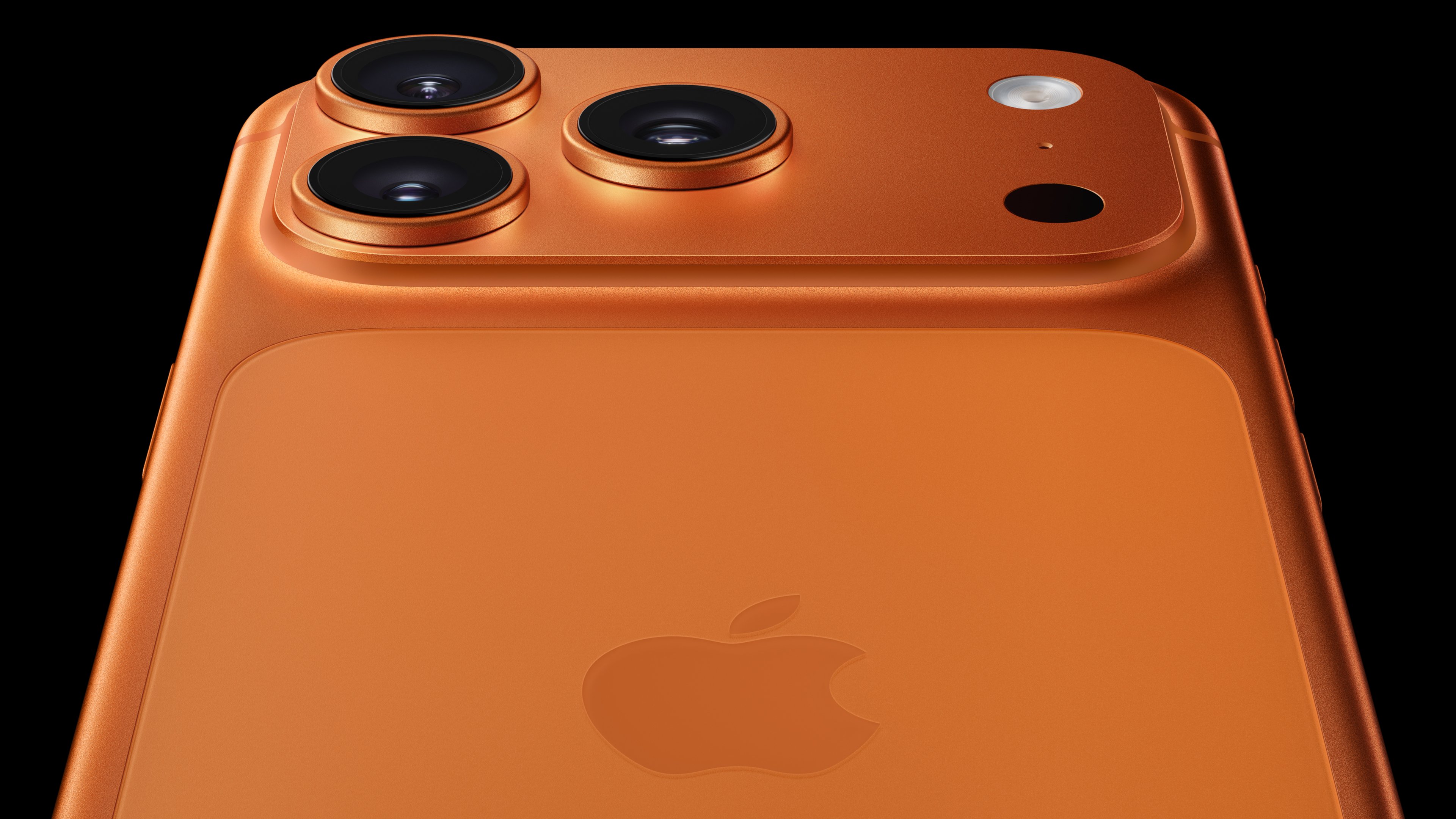Apple (AAPL 0.68%) hasn't been very successful in India, lagging behind the likes of Samsung and other Chinese rivals that have managed to undercut Cupertino's pricing in that market. However, things are now tilting in Apple's favor after the launch of the iPhone 11.
According to a recent IDC report, Apple commanded 51.3% of India's premium smartphone segment in the third quarter of 2019, which ended on Sept. 30. This segment typically includes devices priced above 35,000 rupees (roughly $500). What's more, the third-quarter performance was a nice improvement over the second quarter, when Apple held 41.2% of the premium smartphone market.
That's great news for Apple investors as India's premium smartphone segment has been growing at an impressive pace.

Image source: Getty Images.
Apple's pricing tweak is working wonders in India
Apple's latest market share numbers are proof that the company has finally understood what Indian consumers want. In the second quarter of 2018, Apple was nowhere near the top of the premium smartphone ecosystem in India with a market share of just 14%, according to Counterpoint Research.
Rivals such as Samsung and OnePlus were ruling the roost in India last year thanks to the attractive pricing and solid specifications of their phones. Apple's pricey iPhones couldn't attract enough buyers and the company struggled to make a dent over there. Not surprisingly, Apple's India shipments reportedly fell to just 2 million units in 2018 as compared to 3.2 million units in 2017.
The tech company's revenue from its Indian operations also slipped 19% to 10,538 crore rupees (roughly $1.47 billion) in the latest fiscal year that ended in March this year. This probably forced it to rethink its India strategy, and the company substantially reduced prices of the iPhone XR in April this year. The move worked and Apple's share of the premium smartphone segment in India spiked in the second quarter.
But Apple didn't stop there. The latest iPhone 11 was launched at a much cheaper price point as compared to that of the iPhone XR last year. The move worked wonders as the iPhone 11 didn't take long to go out of stock once preorders started.
More importantly, Apple has decided to go full throttle in the Indian market now. Along with its partners, Cupertino will reportedly invest $1 billion to boost its manufacturing footprint in the country. Locally made smartphones will allow Apple to bypass the 20% import duty that's currently levied on imported devices, paving the way for competitive pricing and more market-share gains.
However, this is not the only strategy in Apple's playbook to corner a bigger share of the Indian market.
A cheaper smartphone can supercharge sales in India
According to noted Apple analyst Ming-Chi Kuo, the company is reportedly going to launch a $399 iPhone SE 2 in the first half of 2020. Such a device will unlock India's fastest-growing smartphone segment for Apple: mid-range devices.
IDC reports that shipments of smartphones priced between $300 and $500 doubled year over year during the third quarter of 2019. So, a second-generation iPhone SE is just what Apple needs to boost its addressable opportunity in the Indian market. More importantly, a cheaper device could create a new pool of users who might eventually upgrade to a premium iPhone in the future.
Launching a mid-range iPhone will, therefore, create a win-win situation for Apple and help the company ship more devices in the Indian market. And doing so is important for Apple as India is one of the few bright spots as far as the global smartphone scenario is concerned. Smartphone shipments in India shot up 9.3% year over year in the third quarter, outpacing by a huge margin the global growth of just 0.8%.
This is why it is important for Apple to go all out in India as the country has the potential to drive big iPhone sales in the future and drive stock upside in the long run.






